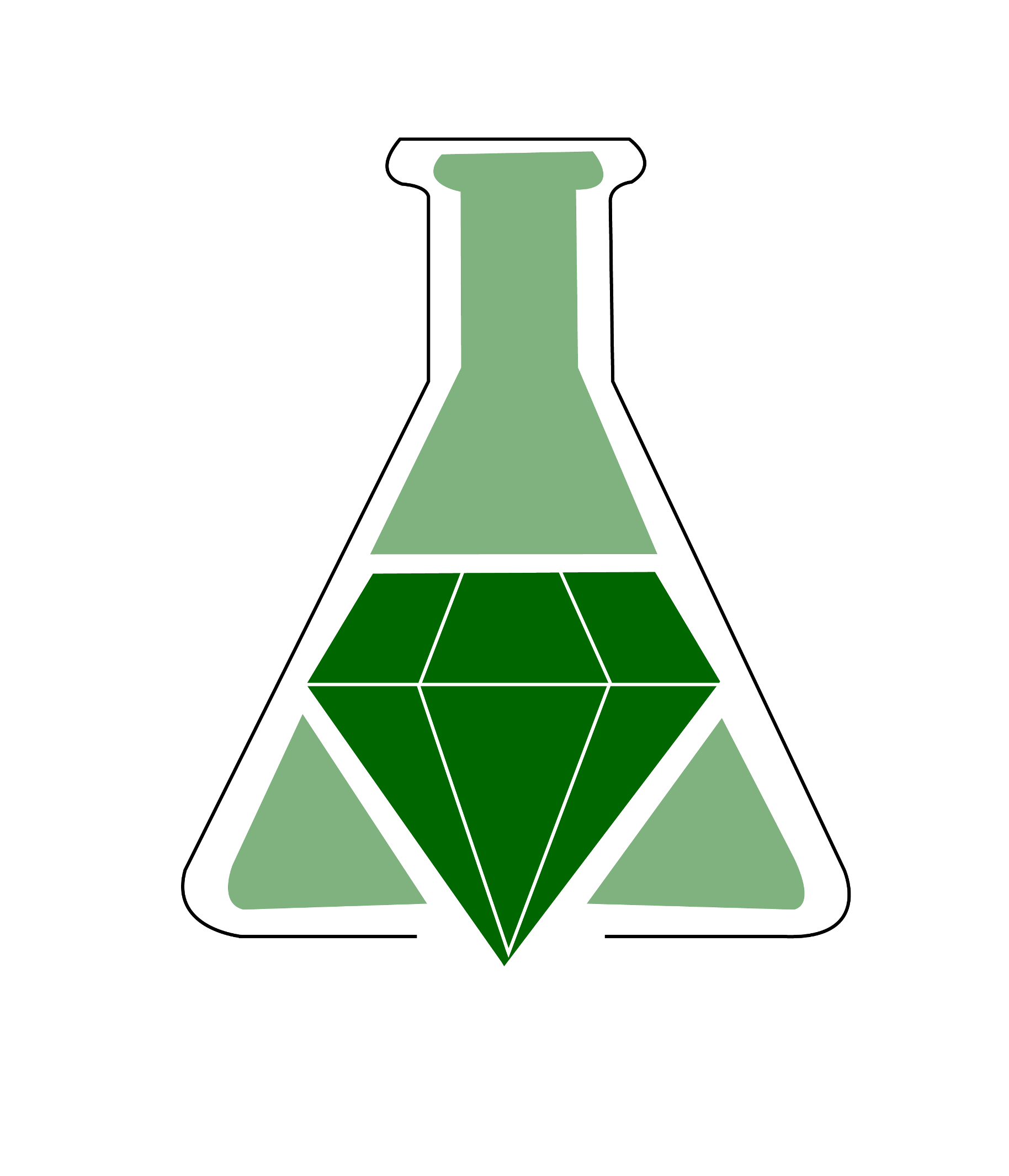Green Chemistry Laboratory: Benign Synthesis of 4,6-Diphenyl[2,2']bipyridine via Sequential Solventless Aldol and Michael Addition Reactions

Summary
This laboratory exercise teaches students some of the principles of green chemistry while simultaneously introducing them to several traditional organic reactions. All the reagents used in the experiment are relatively safe and the avoidance of volatile organic solvents reduces cost, waste, and hazards. The ultimate pyridine product is reached in three steps. The first step is the solventless aldol condensation of benzaldehyde and acetophenone. In the second step, a solventless Michael addition of 2-acetylpyridine to 1,3-diphenylpropenone is performed. Then, lastly, a ring closure is performed by heating the diketone in a solution of ammonium acetate in acetic acid. While step three is not solventless it should be noted that acetic acid has the potential of being a renewable solvent formed from the oxidation of ethanol.
The synthesis can be completed in a three-hour period with final student yields ranging from 60-90%. This experiment provides an instructor with the opportunity to introduce or further reinforce the topics of green chemistry, aldol condensations, Michael additions, the Krohnke pyridine synthesis, recrystallizations, thin-layer chromatography, IR spectroscopy, carbon NMR, and diastereotopic hydrogens and their evidence in proton NMR.
Supplemental information includes a background section, experimental procedures, post-lab questions, spectroscopic information, instructor notes, and tips.
Summary prepared for the original GEMs database January 2009 by Douglas M. Young at the University of Oregon.
Green Chemistry Laboratory: Benign Synthesis of 4,6-Diphenyl[2,2']bipyridine via Sequential Solventless Aldol and Michael Addition Reactions
Colin L. Raston and Gareth W. V. Cave
Journal of Chemical Education 2005 82 (3), 468
DOI: 10.1021/ed082p468
The synthesis can be completed in a three-hour period with final student yields ranging from 60-90%. This experiment provides an instructor with the opportunity to introduce or further reinforce the topics of green chemistry, aldol condensations, Michael additions, the Krohnke pyridine synthesis, recrystallizations, thin-layer chromatography, IR spectroscopy, carbon NMR, and diastereotopic hydrogens and their evidence in proton NMR.
Supplemental information includes a background section, experimental procedures, post-lab questions, spectroscopic information, instructor notes, and tips.
Summary prepared for the original GEMs database January 2009 by Douglas M. Young at the University of Oregon.
Green Chemistry Laboratory: Benign Synthesis of 4,6-Diphenyl[2,2']bipyridine via Sequential Solventless Aldol and Michael Addition Reactions
Colin L. Raston and Gareth W. V. Cave
Journal of Chemical Education 2005 82 (3), 468
DOI: 10.1021/ed082p468
Safety Precautions, Hazards, and Risk Assessment
See published journal article
Link to external
